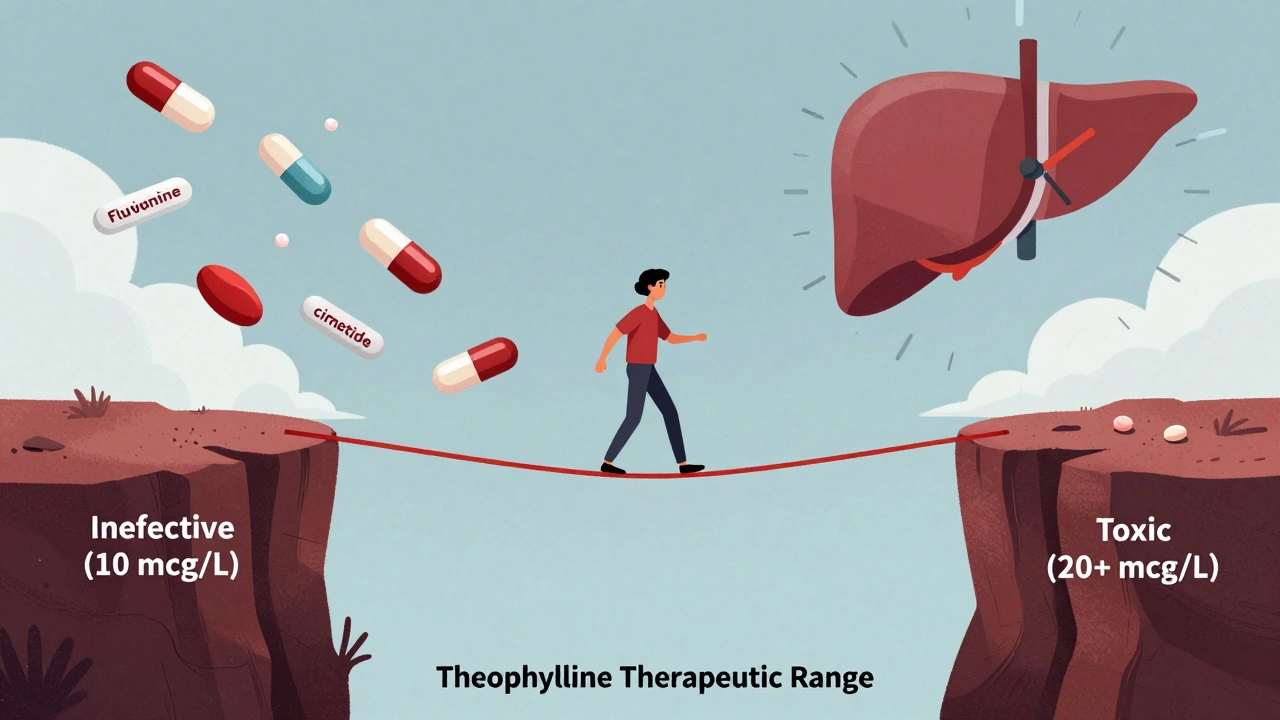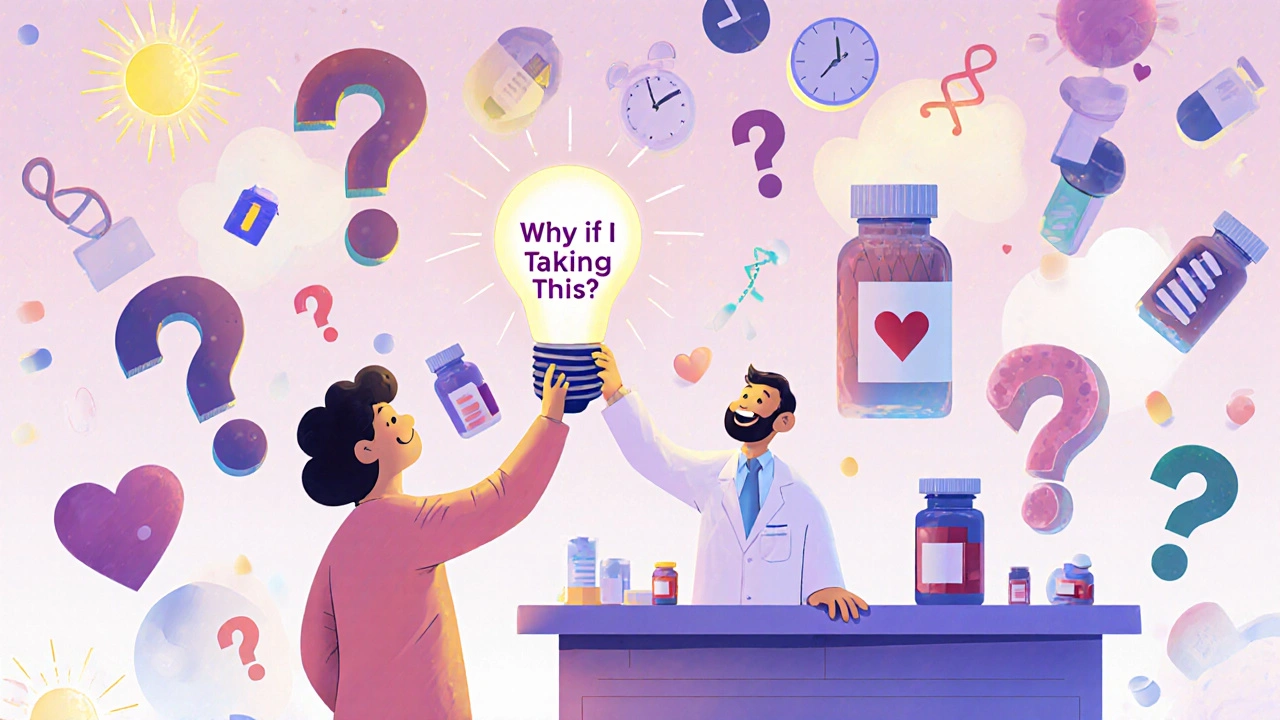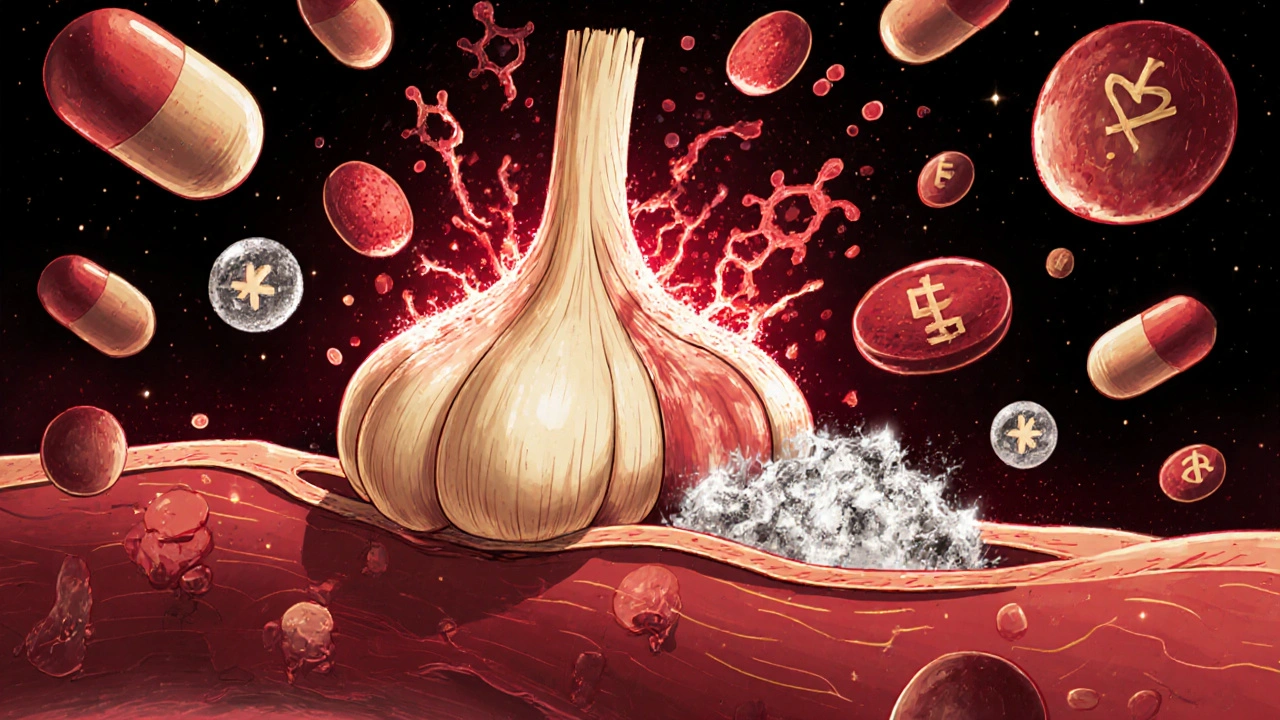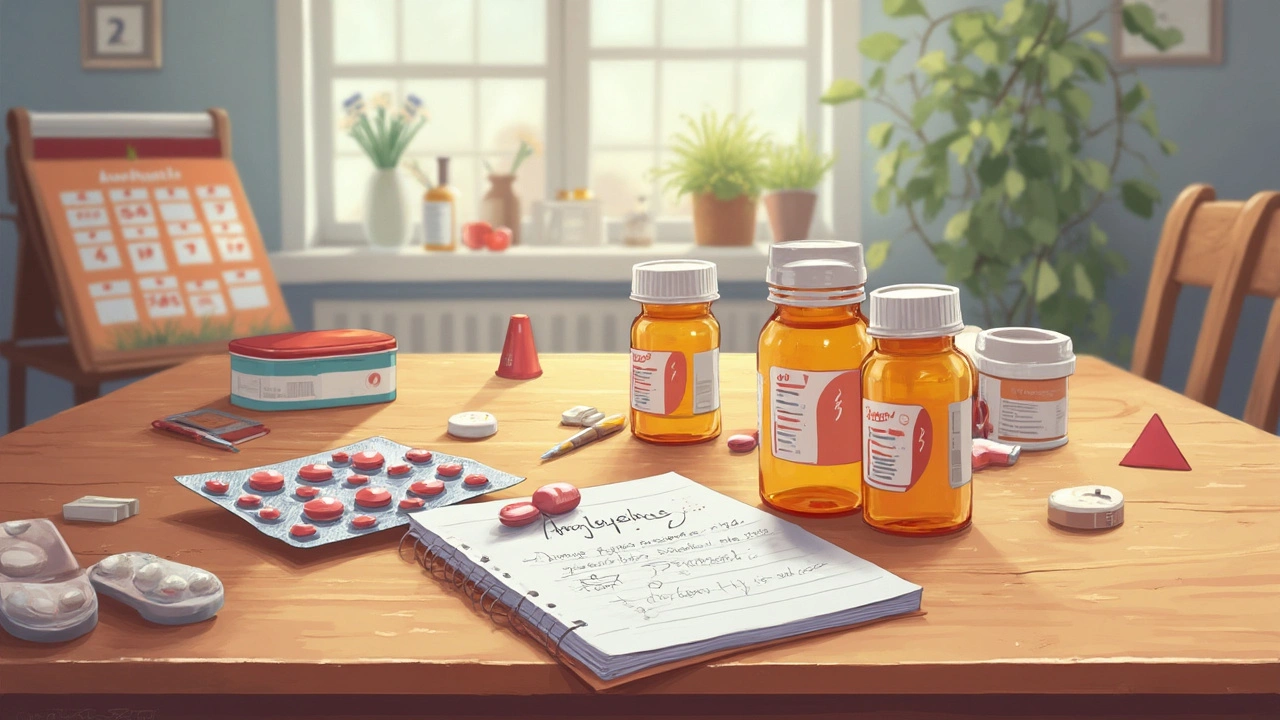Drug interactions: what to know and how to stay safe
Drug interactions send thousands of people to the ER each year — and most are preventable. A drug interaction happens when one medicine changes how another works, or when a medicine reacts with food, alcohol, a supplement, or a health condition. Knowing the common types and simple steps to avoid them keeps you safer.
There are four common types. Drug‑drug interactions are when two prescriptions affect each other — for example, anticoagulants like warfarin can become stronger when combined with some antibiotics, raising bleeding risk. Drug‑food interactions include grapefruit with certain statins, which can raise drug levels and increase side effects. Drug‑disease interactions occur when a medicine worsens an existing condition, like some decongestants raising blood pressure in people with hypertension. Drug‑supplement interactions are common too; St. John's wort can lower levels of birth control pills and some heart drugs.
Want a quick check? Ask your pharmacist. They see interactions daily and can suggest safer options. Use a trusted online interaction checker (NHS, FDA, or major hospital sites) if you want to look things up yourself. Always tell every provider about all your medicines — prescriptions, OTCs, vitamins, and herbs — and mention pharmacies where you fill them.
Simple habits cut risk a lot. Keep an up‑to‑date medication list on your phone. Use one pharmacy so staff can flag interactions. Read labels for warnings and avoid grapefruit and heavy alcohol while on certain meds. Don’t start supplements or new OTC drugs without asking your pharmacist or doctor. When a doctor changes a dose, ask how that affects your other medicines.
Watch for warning signs of a bad interaction: unexpected bleeding or bruising, severe dizziness, fainting, very fast heartbeat, intense headache, breathing trouble, or a rash. If you have these after starting a new drug, get medical help right away. For mild concerns—new nausea, mild dizziness, or sleep changes—call your pharmacist first; they often give quick, useful advice.
Some people need extra care. Older adults taking many drugs (polypharmacy), pregnant people, and anyone with kidney or liver disease face higher risks. Ask for a formal medication review if you take five or more medicines. A pharmacist or your primary care doctor can simplify your list and suggest safer substitutes.
Common risky combos
Watch especially for these pairs: warfarin plus antibiotics or NSAIDs (bleeding), statins plus grapefruit or some macrolide antibiotics (higher statin levels and muscle damage), SSRIs plus MAOIs (risk of serotonin syndrome), and potassium‑sparing diuretics with ACE inhibitors (high potassium). Antacids and calcium can block absorption of some antibiotics like doxycycline and ciprofloxacin, so separate doses by at least two hours. If you take any of these, ask your pharmacist about safer alternatives or timing tricks.
When to call for help
If you get severe reactions—shortness of breath, swelling, chest pain, black stools, or fainting—seek emergency care. For smaller concerns, call your pharmacist or doctor right away, every time.
You don’t need to memorize every interaction. Use tools, keep good records, and ask questions. That simple routine will cut surprises and keep your medicines working the way they should.
Theophylline Clearance: How Common Medications Can Trigger Dangerous Toxicity
Theophylline is a powerful but risky asthma and COPD medication. Certain common drugs can dangerously reduce its clearance, leading to toxic levels. Learn which medications to avoid and how to stay safe.
Questions to Ask Your Pharmacist About Prescription Medications
Learn the essential questions to ask your pharmacist about prescription medications to avoid errors, reduce side effects, save money, and stay safe. Expert-backed tips for better medication use.
Garlic Supplements and Anticoagulants: What You Need to Know About Bleeding Risk
Garlic supplements can dangerously increase bleeding risk when taken with blood thinners like warfarin or apixaban. Learn the safe limits, when to stop before surgery, and which supplements are most risky.
Amlodipine Interactions: How to Combine Medications Safely
Mixing medications with amlodipine can throw a wrench in your treatment if you’re not careful. This article breaks down common drug interactions, why they matter, and the smartest ways to handle your medicine cabinet. Get real-world tips for spotting risky combos and talking to your doctor. Stay safer by knowing what works (and what doesn’t) with amlodipine. Treat your daily pills with the respect they deserve.




